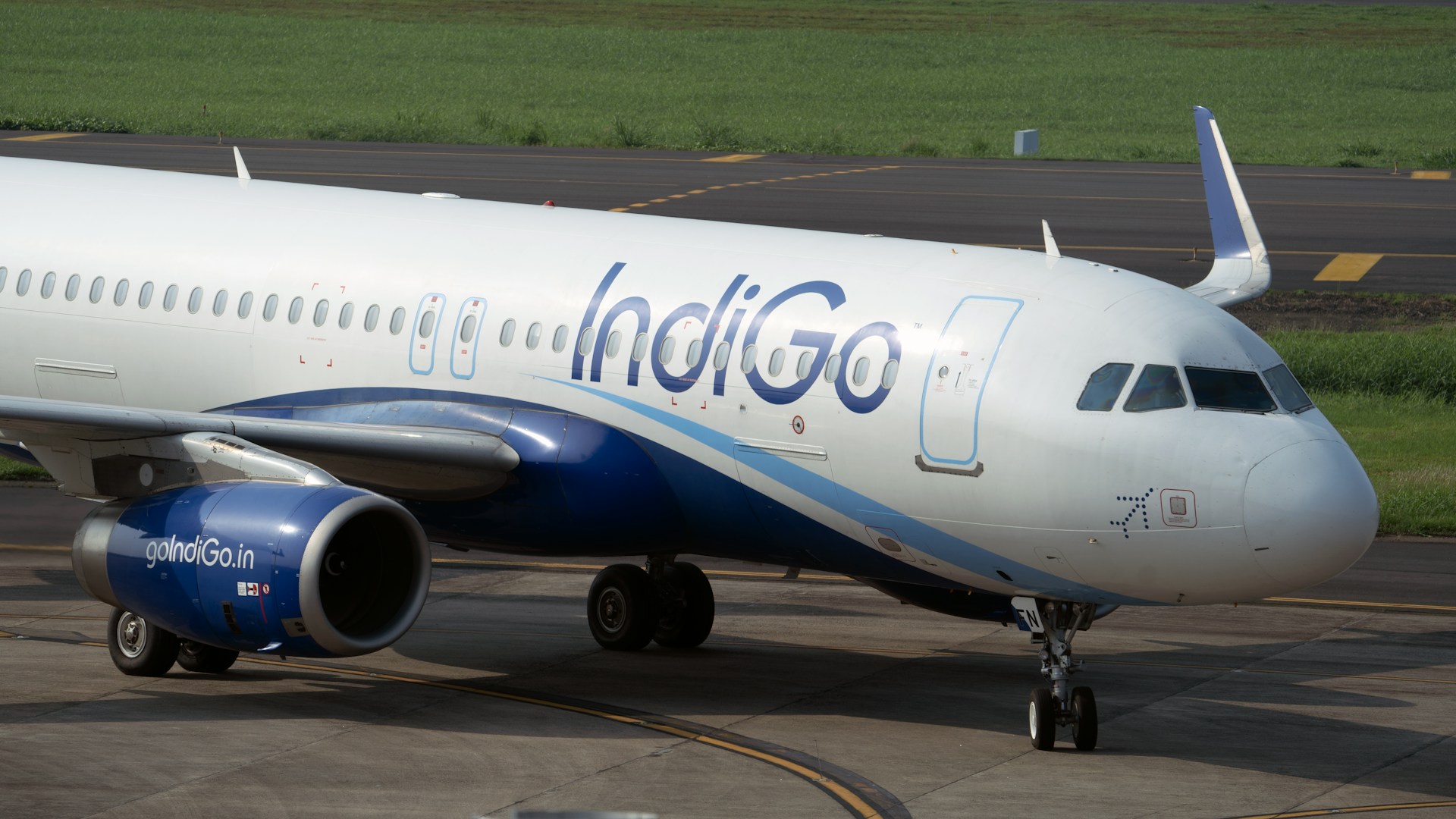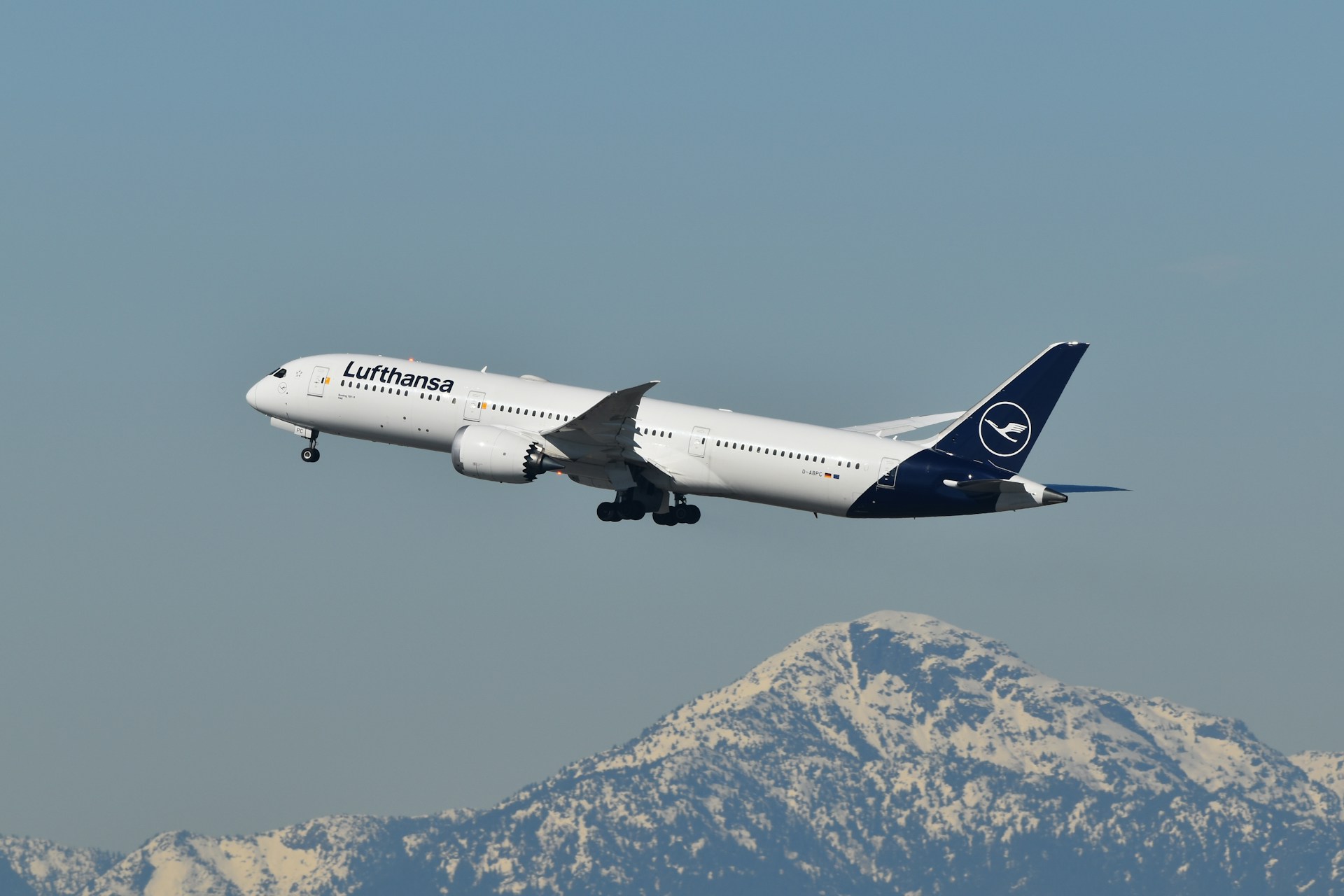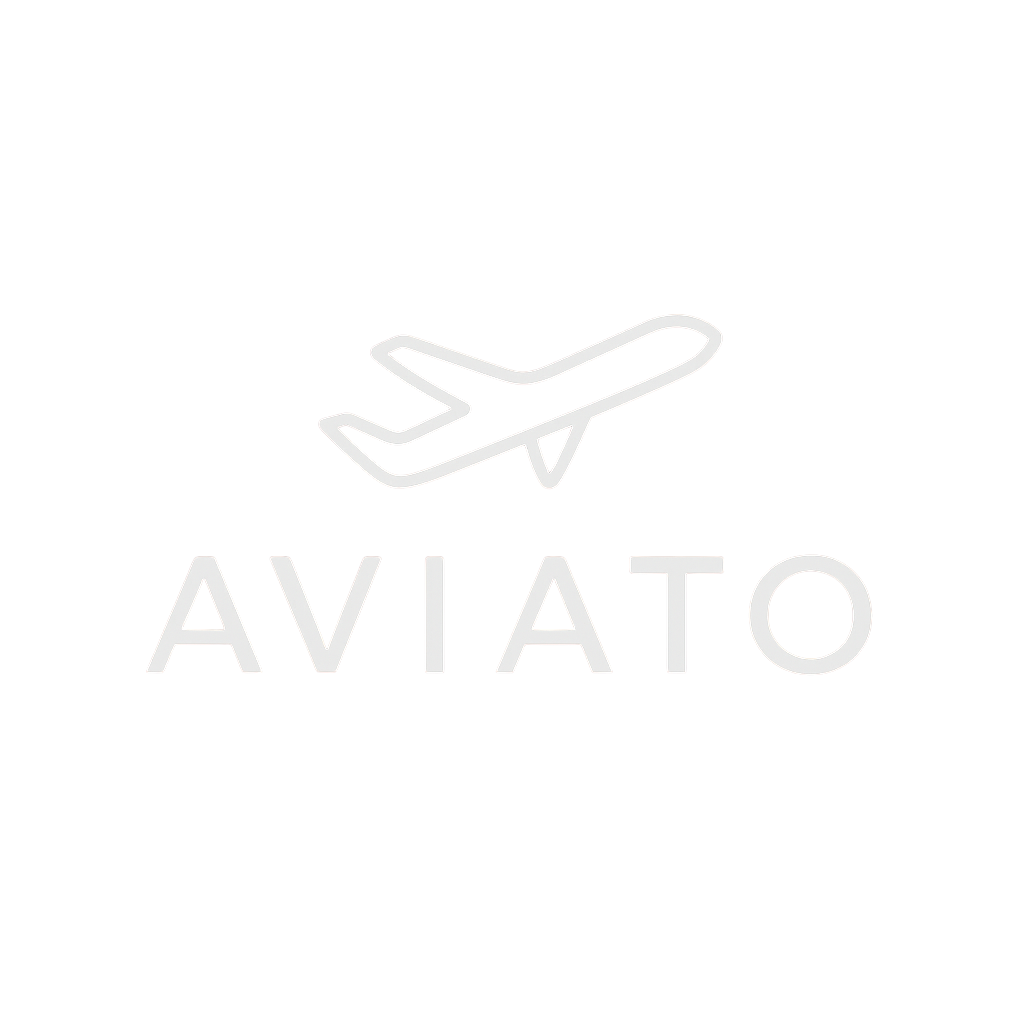Key Takeaways
- IndiGo will become the first Indian airline to operate the Airbus A321XLR, debuting the aircraft on nonstop flights to Athens.
- The A321XLR makes nonstop India–Europe flights financially viable, cutting out the need for connections through Gulf and European hubs.
- Athens offers strong leisure demand from Indian travelers and serves as a strategic gateway into Southern and Eastern Europe.
- The flexibility of a narrowbody fleet allows IndiGo to adjust capacity seasonally, keeping routes profitable year-round.
- This move strengthens IndiGo’s international presence while putting pressure on legacy carriers that rely on widebody operations, signaling a shift in India–Europe air travel.

IndiGo is preparing to make history in 2026 by becoming the first Indian airline to fly the Airbus A321XLR, and its first destination will be Athens. Starting in January 2026, the low-cost giant will connect Delhi and Mumbai directly to the Greek capital with six weekly nonstops, marking a major shift in how India links to Europe. This announcement goes beyond a new route launch. It signals the arrival of long-range narrowbody aircraft as a transformative force in India’s aviation industry, reshaping what passengers and competitors can expect from international travel.

For years, Indian travelers heading to Europe have largely relied on one-stop itineraries through the Gulf or major European hubs. Widebody aircraft dominated the skies, while narrowbody jets were confined to regional or medium-haul routes. The A321XLR changes that equation entirely. With a range of about 4,700 nautical miles, the aircraft can comfortably handle seven to eight hour flights such as India to Greece. What makes this significant is not just the capability, but the economics. The A321XLR allows airlines to open city pairs that would never have made sense with widebodies, offering lower operating costs, better frequency potential, and direct service to destinations previously out of reach.
Athens is a carefully chosen starting point for IndiGo’s European expansion. The city is more than a picturesque leisure destination. It is a gateway to Southern and Eastern Europe, with onward connections across the Balkans and the Mediterranean. For Indian travelers, Greece has become an increasingly popular holiday spot, and Athens offers the right mix of strong demand and strategic connectivity. The timing also matters. IndiGo will receive its first A321XLR in late 2025, and launching Athens just weeks later allows the airline to put its new aircraft to immediate use in a market with proven appetite.
The decision also represents a new chapter in IndiGo’s long-haul strategy. Up to now, Air India and Vistara have led India–Europe operations with widebody aircraft, while IndiGo has focused on short and medium-haul routes within Asia and the Middle East. Codeshare partnerships, especially with Turkish Airlines via Istanbul, have provided IndiGo customers with indirect access to Europe. The A321XLR gives the airline the ability to bypass those hubs entirely and put its brand on the map with nonstop India–Europe flights. This will intensify competition across fares, schedules, and loyalty programs, and force legacy carriers to rethink their positioning against a leaner and potentially more flexible rival.
The aircraft itself will be central to how IndiGo executes this plan. The A321XLR has been designed with efficiency and passenger experience in mind. Its additional fuel tanks and aerodynamic improvements allow for long missions at significantly lower costs compared to most widebodies. While IndiGo has not disclosed its planned cabin layout, other airlines using the A321XLR have chosen to introduce premium seating options and more spacious layouts to cater to the longer flight times. This raises expectations that IndiGo will adapt its product to suit the demands of Europe-bound travelers while staying true to its low-cost DNA.

Athens is also a smart first step in terms of seasonality. Demand between India and the Mediterranean peaks during the summer months when Indian leisure travelers flock to Greek islands and European holiday spots. Narrowbody flexibility allows IndiGo to increase capacity during high season and scale back during quieter periods, keeping routes profitable year-round. For passengers, this translates into more consistent access to nonstop flights without the frustration of long connections through other hubs.
Looking ahead, there are a few milestones to watch closely. Regulatory approvals and airport slots will determine the exact schedules. The first delivery of the A321XLR to IndiGo in late 2025 will be crucial, as the airline’s ability to expand further into Europe depends on how quickly additional aircraft enter service. If Athens proves successful, it is likely that other European cities within range—such as Rome, Prague, or Vienna—could be added to IndiGo’s network. This would further cement its role as a challenger to traditional long-haul carriers and strengthen India’s place in the global aviation map.
IndiGo’s Athens debut with the Airbus A321XLR is about more than flying passengers from India to Greece. It is about redefining the possibilities of India–Europe travel. By combining the efficiency of narrowbody aircraft with the demand for nonstop connectivity, IndiGo is setting the stage for a new era of competition, convenience, and choice. As India’s largest airline, its move into long-haul point-to-point travel could ripple across the industry, forcing other players to adapt and accelerating the trend of efficient, direct international flights.
FAQs
When will IndiGo start flying the Airbus A321XLR?
IndiGo is expected to receive its first Airbus A321XLR in late 2025, with commercial operations beginning in early January 2026.
Which Indian cities will connect to Athens?
The airline plans six weekly flights split between Delhi and Mumbai, with three departures from each city.
Why did IndiGo choose Athens?
Athens offers strong demand from Indian leisure travelers, excellent onward connections across Southern Europe and the Mediterranean, and the right seasonal balance to support long-term route profitability.
How does the A321XLR change IndiGo’s international strategy?
The A321XLR allows IndiGo to extend its reach into Europe using narrowbody economics, bypassing hubs in the Gulf and Istanbul, and providing nonstop city-to-city connections that were previously uneconomical.
Could IndiGo expand to more European destinations?
Yes. If Athens performs well, IndiGo is expected to launch additional European routes within the A321XLR’s range, potentially including cities such as Rome, Prague, and Vienna.
.zip%20-%201.PNG)


